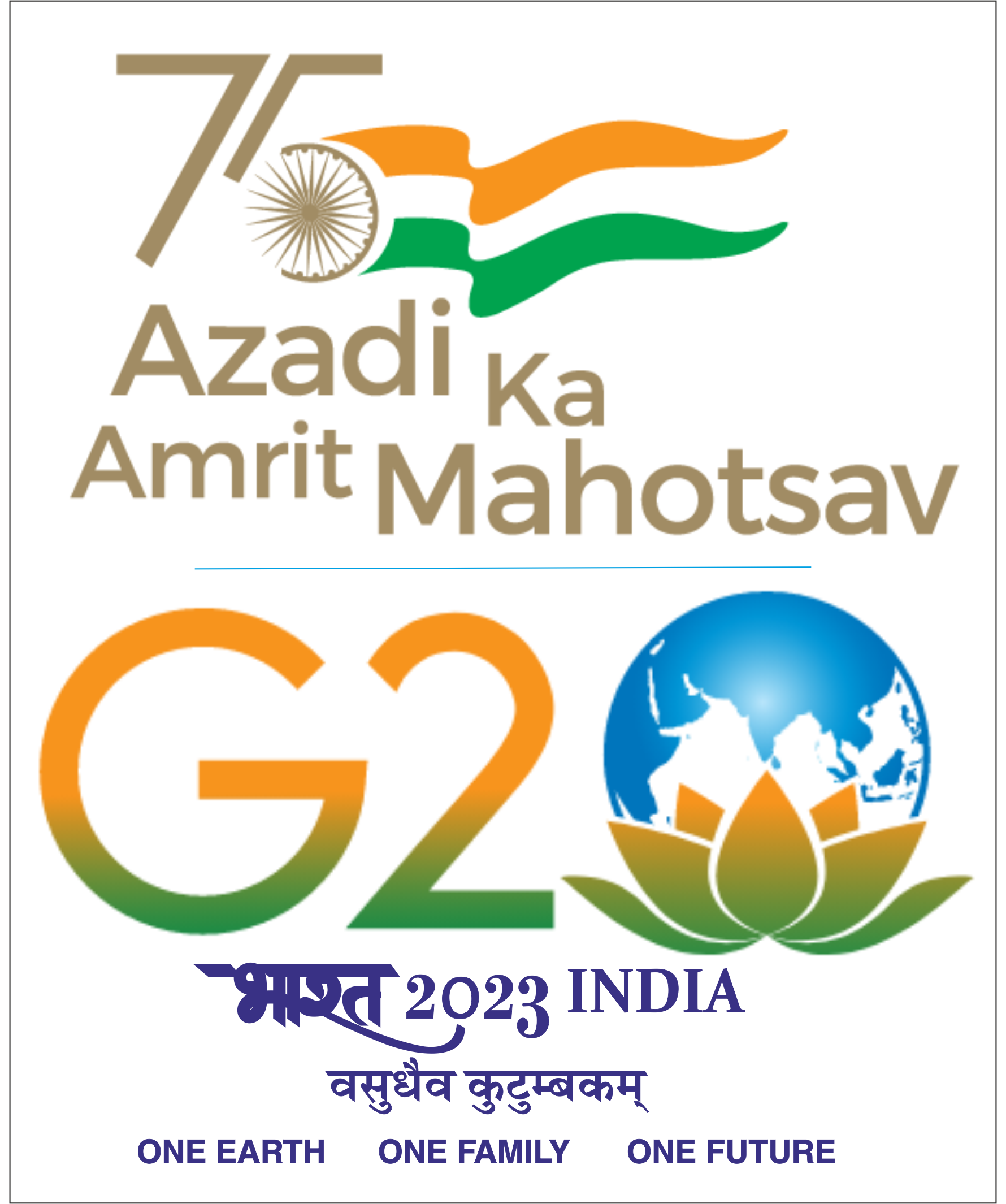Ms. Meeta Gupta will present her APS as per the details below:
Date: 27th February 2025, Thursday
Time: 10:00-11:30 AM (IST)
Meeting Link :
Topic: Impact assessment on groundwater availability during non-monsoon irrigation season in a semi-arid region of India
Guide: Prof. Pennan Chinnasamy (IITB) and Dr. Tim Peterson (Monash University)
RPC Members: Prof. Bellie Sivakumar (IITB) and Prof. Ian Cartwright (Monash University)
Abstract:
Groundwater response to multiple drivers, both natural and human-induced, is crucial for sustainable water management. While past research has extensively studied groundwater depletion, most studies have analyzed climate variability and pumping separately. However, groundwater systems are shaped by complex interactions between these factors, making attribution difficult. This study aims to quantify the relative contributions of groundwater pumping and climate variability to groundwater depletion in an arid/semi-arid region of India during the non-monsoon season using two modelling approaches: (i) a time-series statistical model to identify wells influenced by climate and (ii) a coupled surface-groundwater numerical model to quantify the effects of pumping and climate variability on available groundwater. For the time-series approach, HydroSight, a transfer function noise model, was applied to 92 wells in North Gujarat. Different soil moisture model structures were tested, including one-layer and two-layer configurations, with and without evapotranspiration constraints. In total, 368 models were built, each calibrated using the Covariance Matrix Adaptation Evolution Strategy (CMA-ES) global calibration scheme. Results indicated that the evapotranspiration-constrained model performed best. The analysis of the groundwater hydrograph fit and Coefficient of Efficiency (CoE > 0.60) revealed that 13% of the wells exhibited groundwater fluctuations driven by climate. Predictive capability testing over 2, 4, and 8 years showed that climate-dominated predictions were accurately captured in 51%, 48%, and 37% of wells, respectively. The Continuous Ranked Probability Score (CRPS) metric was the most effective in distinguishing climate-driven wells from those affected by pumping. Spatial analysis showed climate-driven wells were primarily in the eastern region, whereas anthropogenic influences were stronger in the west. For the numerical modelling approach, the SWAT-MODFLOW coupled model was applied to the Saraswati and Rupen River basin (6,196 km²). The SWAT model simulated basin hydrology, calibrated and validated using the SUFI-2 algorithm on a daily time step with observed streamflow data (1990–2014). Sensitivity analysis identified key parameters influencing SWAT model outputs, including channel routing parameters (CH_N2, CH_K2), curve number (CN), groundwater delay (GW_DELAY), and bank storage (ALPHA_BNK). Model calibration and validation against observed streamflow data yielded satisfactory results, with NSE values of 0.58 and 0.65, R² values of 0.60 and 0.79, and RSR values of 0.61 and 0.65 for the calibration (1990–2008) and validation periods (2009–2014), respectively. Uncertainty analysis indicated that 70% of observed streamflow values fell within the 95% prediction uncertainty band, confirming model reliability. The MODFLOW model was developed to simulate groundwater flow dynamics across the unconfined aquifer. The model incorporated aquifer geometry, recharge, evapotranspiration, and well extraction data, using a 500 × 500 m computational grid and stress packages. Calibration and scenario testing are ongoing, but once complete, the model will quantify groundwater responses to both climate variability and pumping. Thus, this study presents an integrated framework for evaluating the impacts of climate variability and pumping on groundwater by combining time-series analysis, field-based assessments, and numerical modelling. The findings enhance understanding of groundwater availability in semi-arid regions and provide valuable insights for sustainable groundwater management in data-scarce environments.





